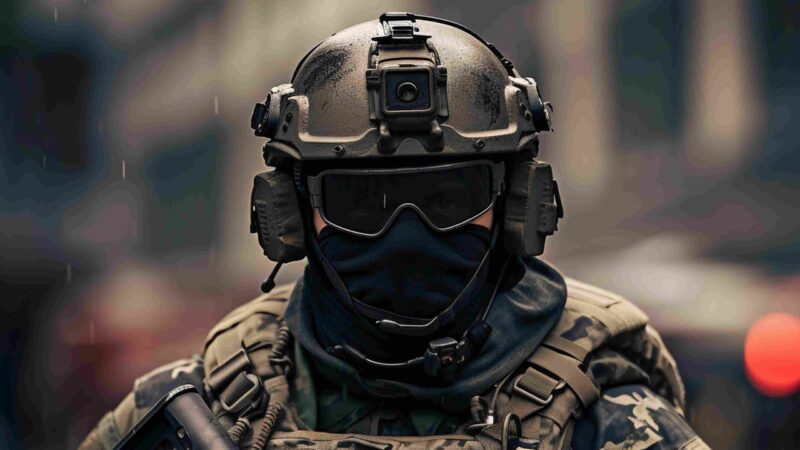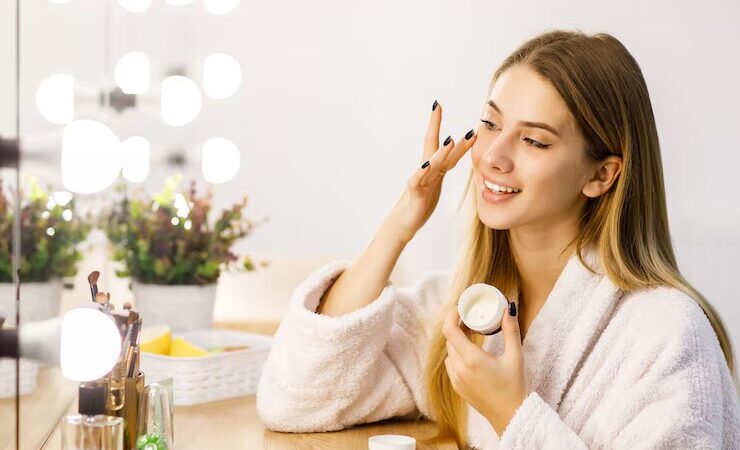Navigating the Hazards of Black Mold: Inspection and Removal Essentials

Black mold, scientifically known as Stachybotrys chartarum, is a particularly nefarious type of mold that thrives in damp, warm environments. Often associated with severe health risks and difficult removal processes, black mold is a homeowner’s nightmare. This blog delves into the intricacies of black mold inspection and removal, providing essential knowledge and practical tips to tackle this daunting issue effectively.
Black mold is distinguished by its dark color and slimy texture, thriving particularly well on high-cellulose materials like drywall, carpet, or insulation that have been exposed to moisture. Known for producing mycotoxins that can cause serious health issues such as respiratory problems, allergic reactions, and in extreme cases, neurological damage, it’s critical to address black mold issues promptly.
Black Mold Inspection: Identifying the Enemy
The first step in combating black mold is recognizing its presence. Here’s how homeowners can inspect for black mold:
- Visual Inspection: Regularly inspect home areas prone to moisture, such as bathrooms, kitchens, basements, and around plumbing. Black mold is visible and identifiable by its musty smell and dark greenish-black (sometimes gray) color.
- Professional Inspection: If you suspect black mold, it’s wise to hire a professional mold inspector. Certified professionals can perform a more thorough inspection using advanced tools like moisture meters and thermal imaging to detect hidden mold behind walls and under floors.
- Testing: Professionals may also perform air quality tests and surface sampling to determine the type and concentration of mold present. This step is crucial to assess the severity of the infestation and plan the appropriate remediation strategy.
Black Mold Removal: A Step-by-Step Guide
Once black mold is identified, removing it safely and effectively becomes paramount. Here’s a guide to the removal process:
- Safety First: Before starting black mold removal process, wear protective gear such as gloves, masks, and goggles to prevent mold spore exposure.
- Containment: Seal off the affected area to prevent the spread of mold spores to other parts of the house. Use plastic sheeting and duct tape to cover openings, vents, and doorways.
- Moisture Removal: Address any underlying moisture issues that contributed to the mold growth. This may involve repairing leaks, improving ventilation, or using dehumidifiers.
- Mold Removal: Small areas of mold can sometimes be cleaned with a mixture of water and detergent. However, for large infestations or when dealing with black mold, it is recommended to hire professionals. They will use EPA-approved fungicides and cleaners to kill and remove the mold effectively.
- Disposal: Dispose of any mold-infested materials in heavy-duty plastic bags to prevent contaminating other areas of your home.
- Restoration: Replace or repair damaged materials, such as drywall and insulation, to restore your home to its original condition.
Prevention: Keeping Black Mold at Bay
Post-removal, preventing mold’s return is crucial. Maintain low indoor humidity levels (ideally between 30-50%), ensure adequate ventilation, and promptly address any water leaks or spills. Regular inspections and maintenance of HVAC systems can also prevent mold growth.
Professional Help
Given the health risks associated with black mold, hiring professionals for inspection and removal is often advisable. Look for certified mold remediation specialists who adhere to the guidelines set by organizations such as the Environmental Protection Agency (EPA) or the Institute of Inspection, Cleaning and Restoration Certification (IICRC).
Conclusion
Black mold poses significant health risks and structural damage to properties if left unchecked. By understanding the importance of thorough black mold inspection, professional removal, and proactive prevention measures, homeowners can protect their health and homes from the dangers of black mold. Remember, when in doubt, always call a professional to handle severe mold issues safely and effectively.




